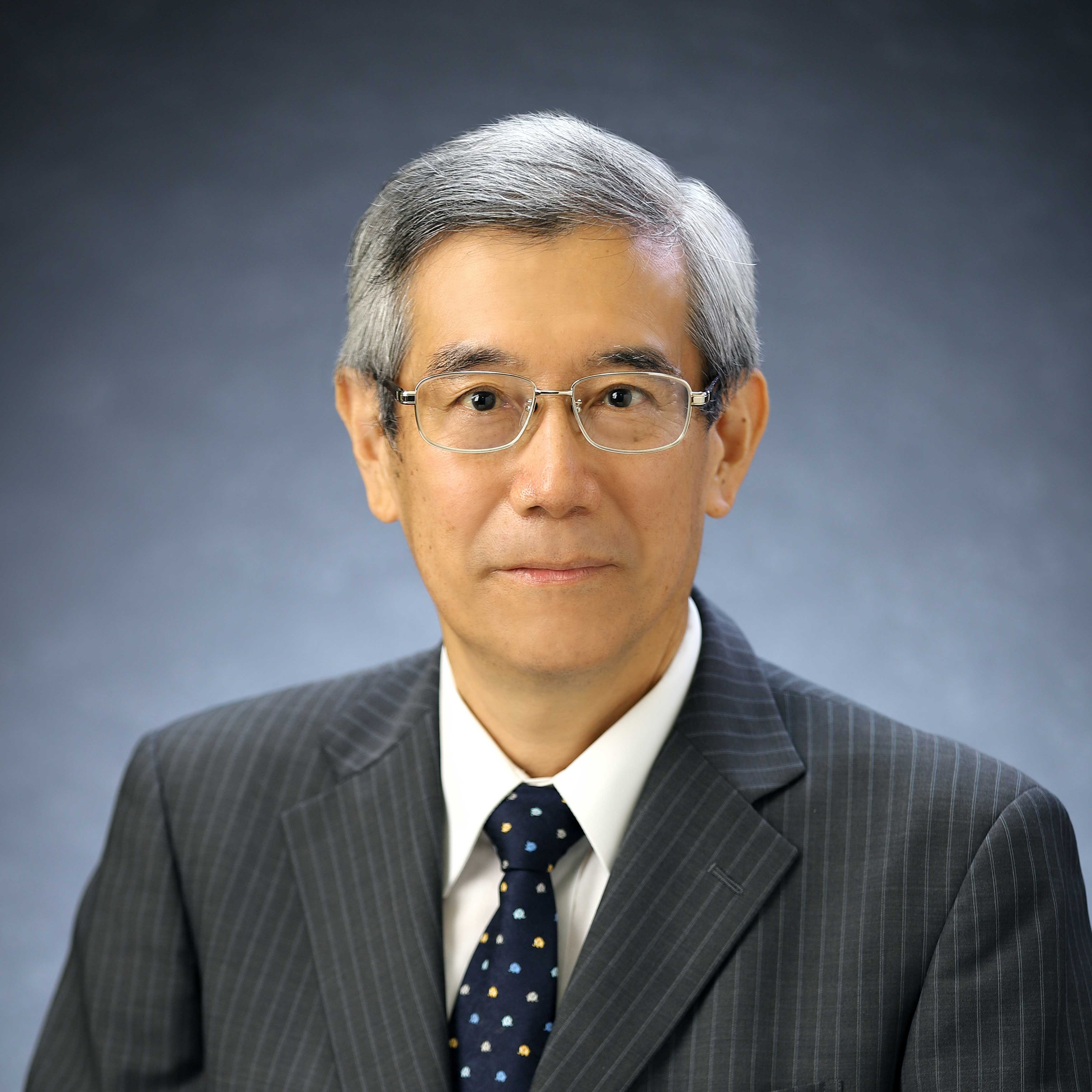Lecture Series
Challenge of Semiconductors

Prof. Riichiro Saito
Yushan Scholar and Chair Professor of the Department of Physics, National Taiwan Normal University; Emeritus Professor, Tohoku University
Date: 2024/11/29
Time:14:30 - 15:30
Venue:International Conference Room (Jiao 202), Education Building
Organized by National Taiwan Normal University
Co-hosted by the College of Science and the Department of Physics
Agenda
-
14:00 - 14:30Registration
-
14:30 - 15:30Distinguished Lecture & Interactive Q&A
Abstract
In this public lecture for general audience, we would like to explain the reason why the world wants the advanced semiconductor industry of Taiwan. New nano-science for semiconductor devices is actively investigated for future semiconductor materials by using one-dimensional materials such as nanotube or nanowire, or two-dimensional materials such as graphene or transition-metal dichalcogenide. Starting from what is the semiconductor, we explain the challenges for making a smaller semiconductor device in nanometer (nm) dimension.
About the speaker
-
Professor Riichiro Saito is the Yushan Scholar and Chair Professor of the Department of Physics at National Taiwan Normal University, as well as an Emeritus Professor at Tohoku University, Japan. He serves as a research supervisor for the JST (Japan Science and Technology Agency) CREST project “Fundamental Technology for Semiconductor-Device Structures Using Nanomaterials” for the 2023-2030 period. Renowned for his expertise in carbon nanotubes, Professor Saito is a leading authority in the field. His pioneering research has significantly expanded the potential applications of carbon nanotubes. Among his many accolades, he has been honored with the J. Appl. Phys. Society Paper Award, reflecting his substantial contributions to the scientific community.
-
Research Fields: Employ the first-principles theoretical calculations to investigate lattice vibrations, electronic band structure, and electron-phonon interaction of 1.0-, 2.0-, and 2.5-dimensional quantum materials. These low-dimensional quantum materials include carbon nanotubes, monolayer and bilayer graphene, monolayer transition metal dichalcogenides, boron nitride nanotubes, monolayer and multilayer boron nitride, and their heterostructures.
- NTNUhttps://web.phy.ntnu.edu.tw/~rsaito/
- JSThttps://www.jst.go.jp/kisoken/crest/en/research_area/area2023-3.html
- https://flex.phys.tohoku.ac.jp/~rsaito/rsaito-e.html